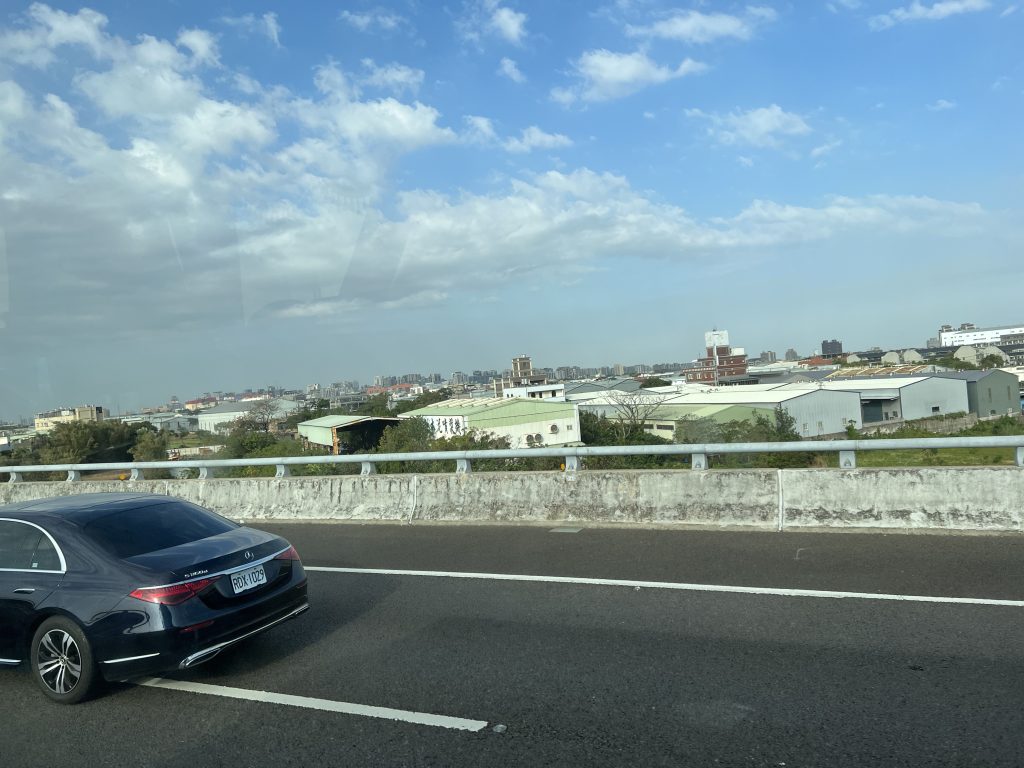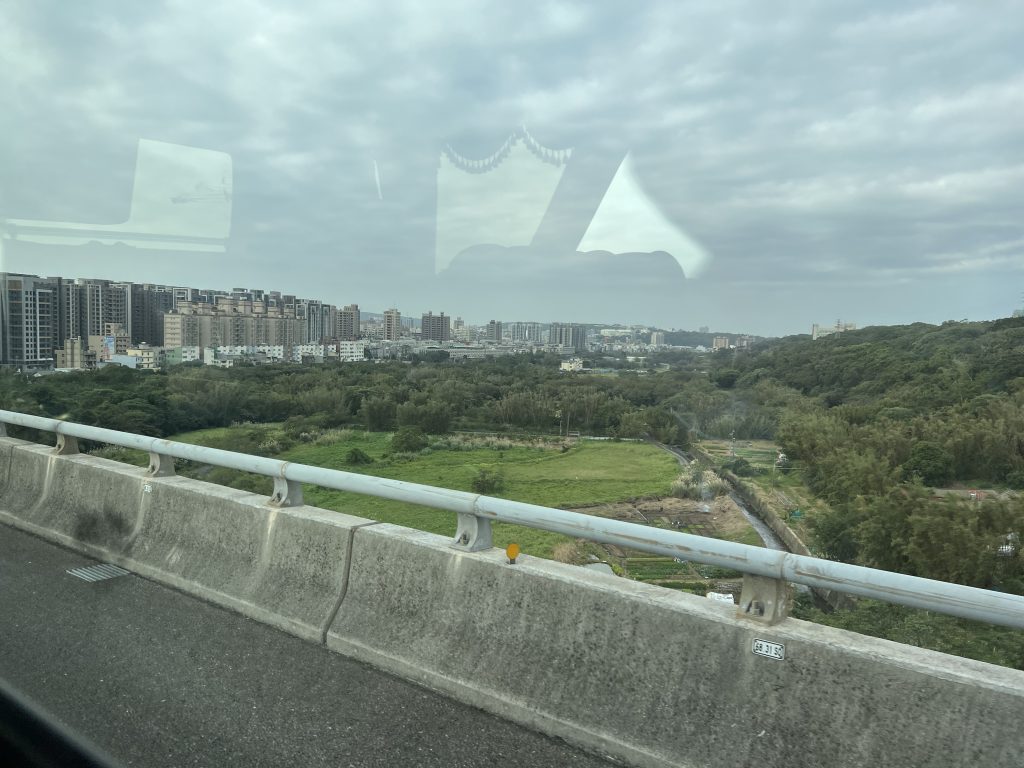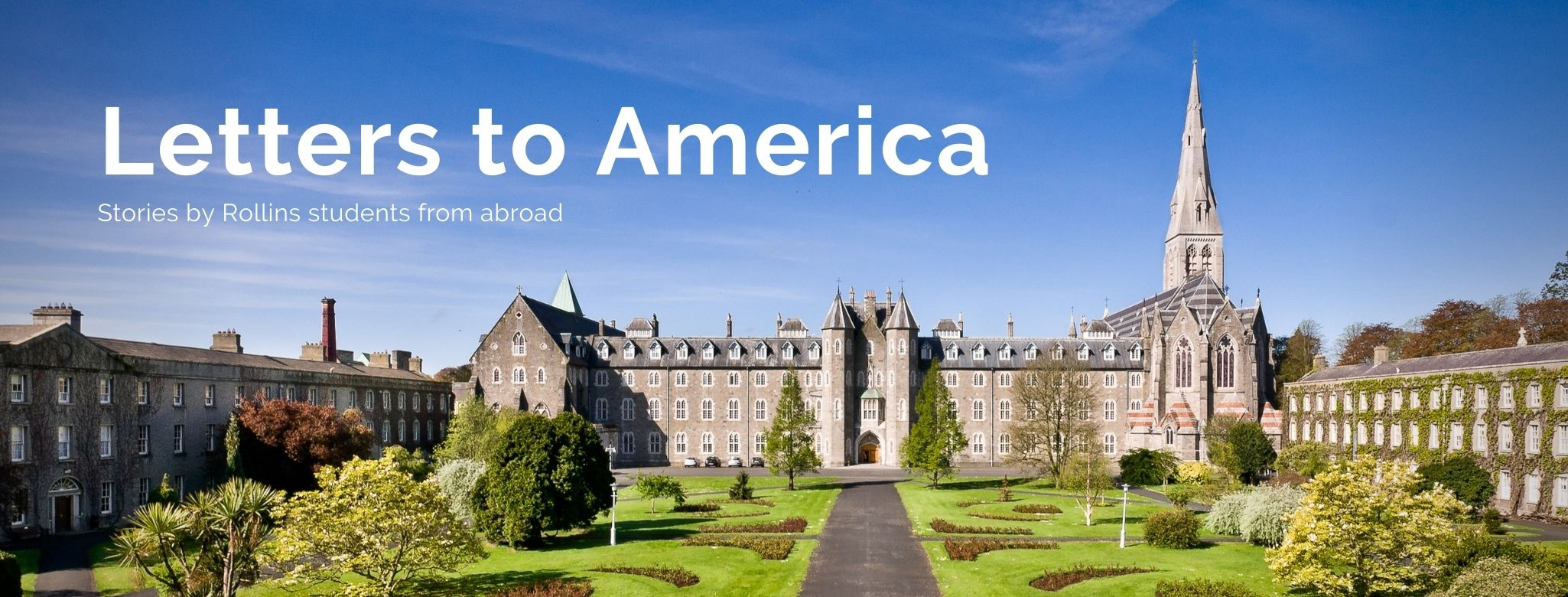2025.1.7
Today we traveled from Taipei to Hsinchu in the morning. While on the road, I couldn’t help but draw comparisons to the countless hours I have spent on US interstates. As it has been pointed out by other people on this trip so far, everything is very compact here. After this drive, I have to agree. Between rolling hills, one could observe how the view moved quickly from agriculture, to multi-story business buildings, to residential, back to forestry and hills. I reflected on how in the US while traveling on the interstates you could drive 50 miles and not see anything more than a gas station and rolling hills of corn. The US is very separated, comparatively. One interstate exit will be single family homes for several miles, and then four interstate exits later there’s a highway lined with businesses and shopping centers. Then in 40 miles all of that is gone and it’s back to tree farms and corn for as far as the eye can see. Borderline skyscrapers are far and few between US highways, but very common on this stretch of Taiwan highway. Additionally, something I found interesting was the amount of factories I saw along the drive. Factories along US interstates is not a rare site, but often are not found directly adjacent to agriculture or residential areas. Though it makes more sense for factories to be closer to residential areas as it was in past times in the West, the increasing car dependence of the US has created factory districts, so to speak, as opposed to communities centered around the main source of employment. It was a bit weird to observe at first, as it disturbs the aesthetics, but blends well considering the compact nature of the rest of the landscape. Admittedly, these features made the long, trafficky drive from Taipei to Hsinchu much more enjoyable. This is opposition to the sprawling nothing of long drives in the US.


